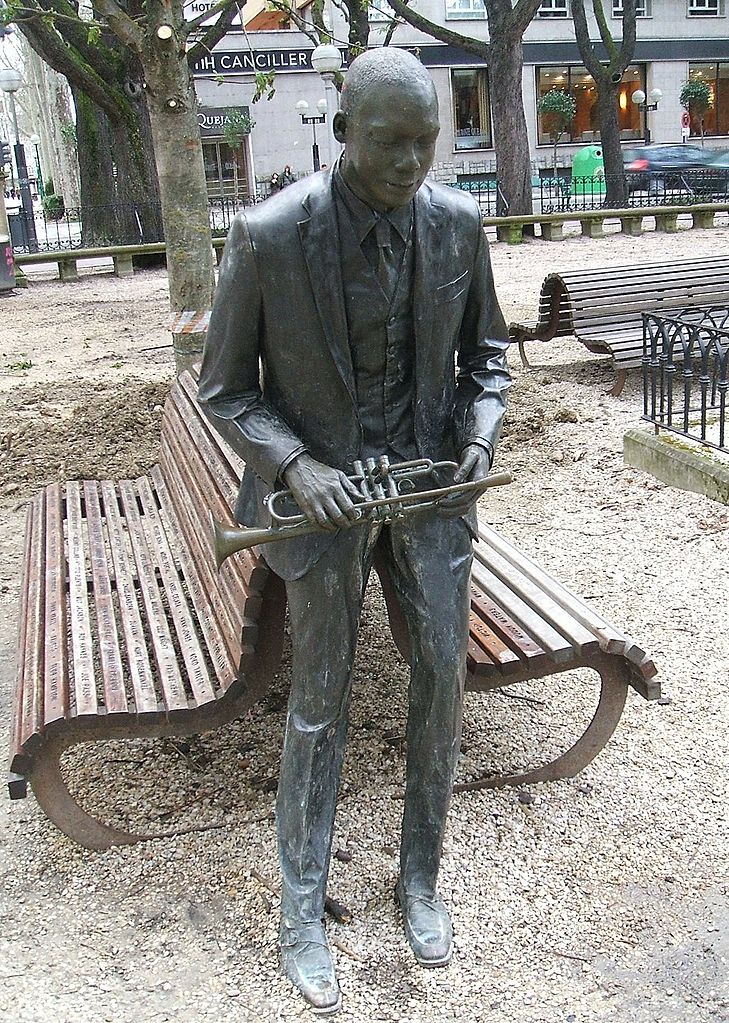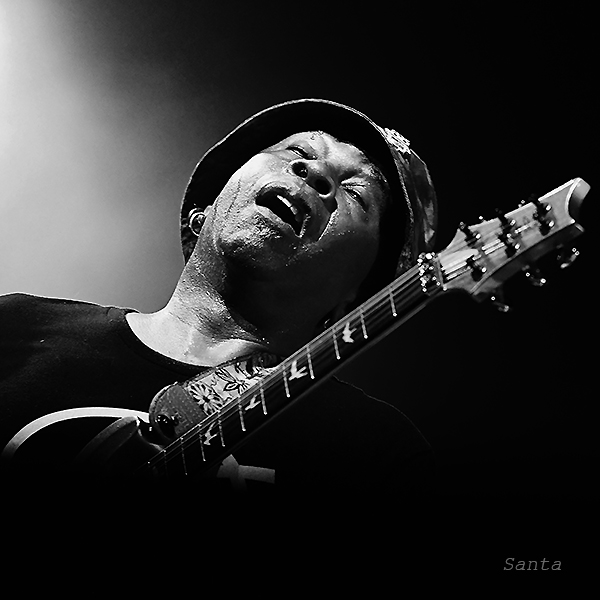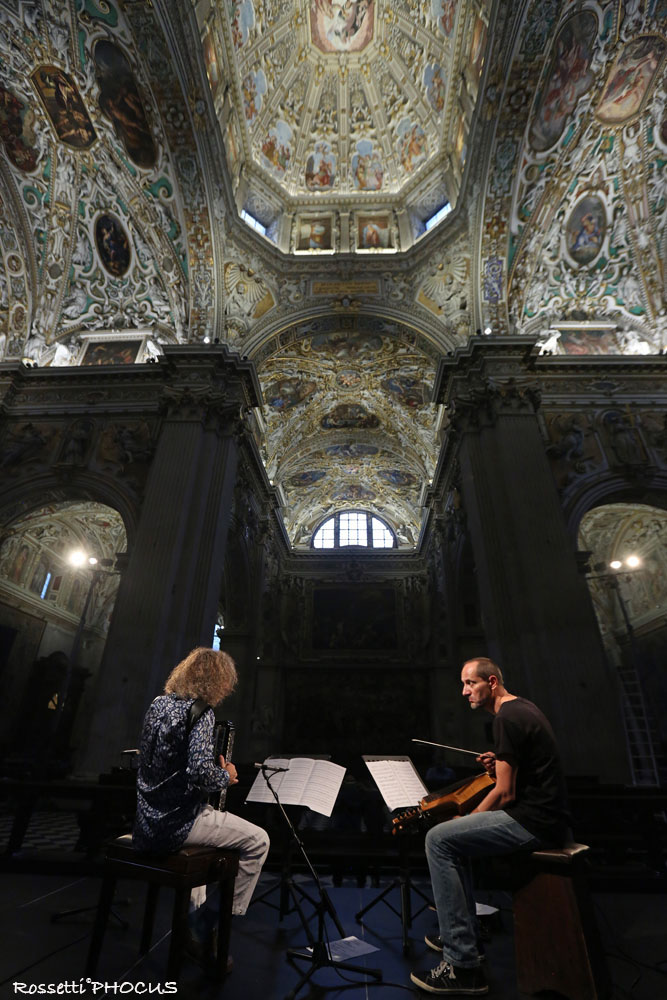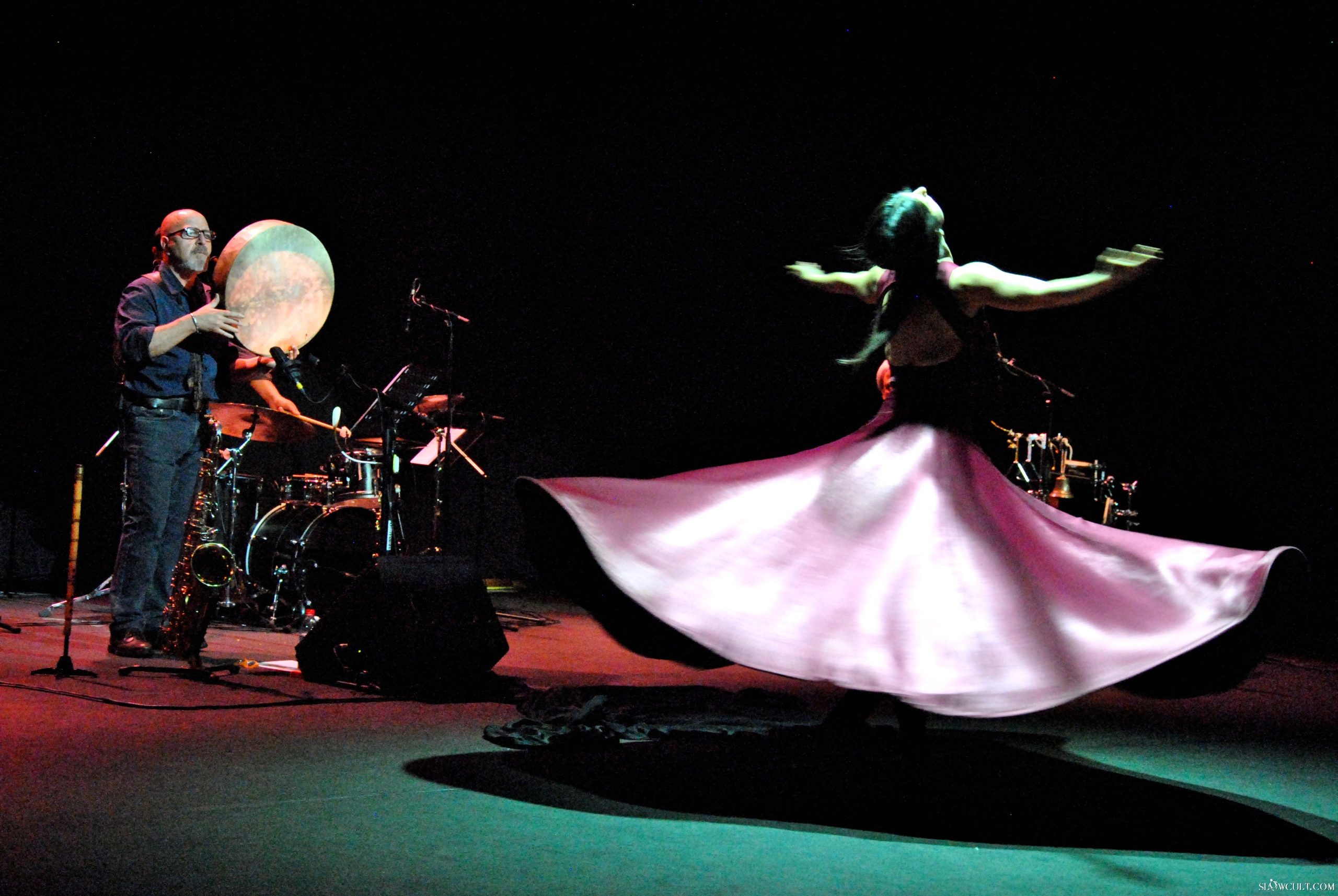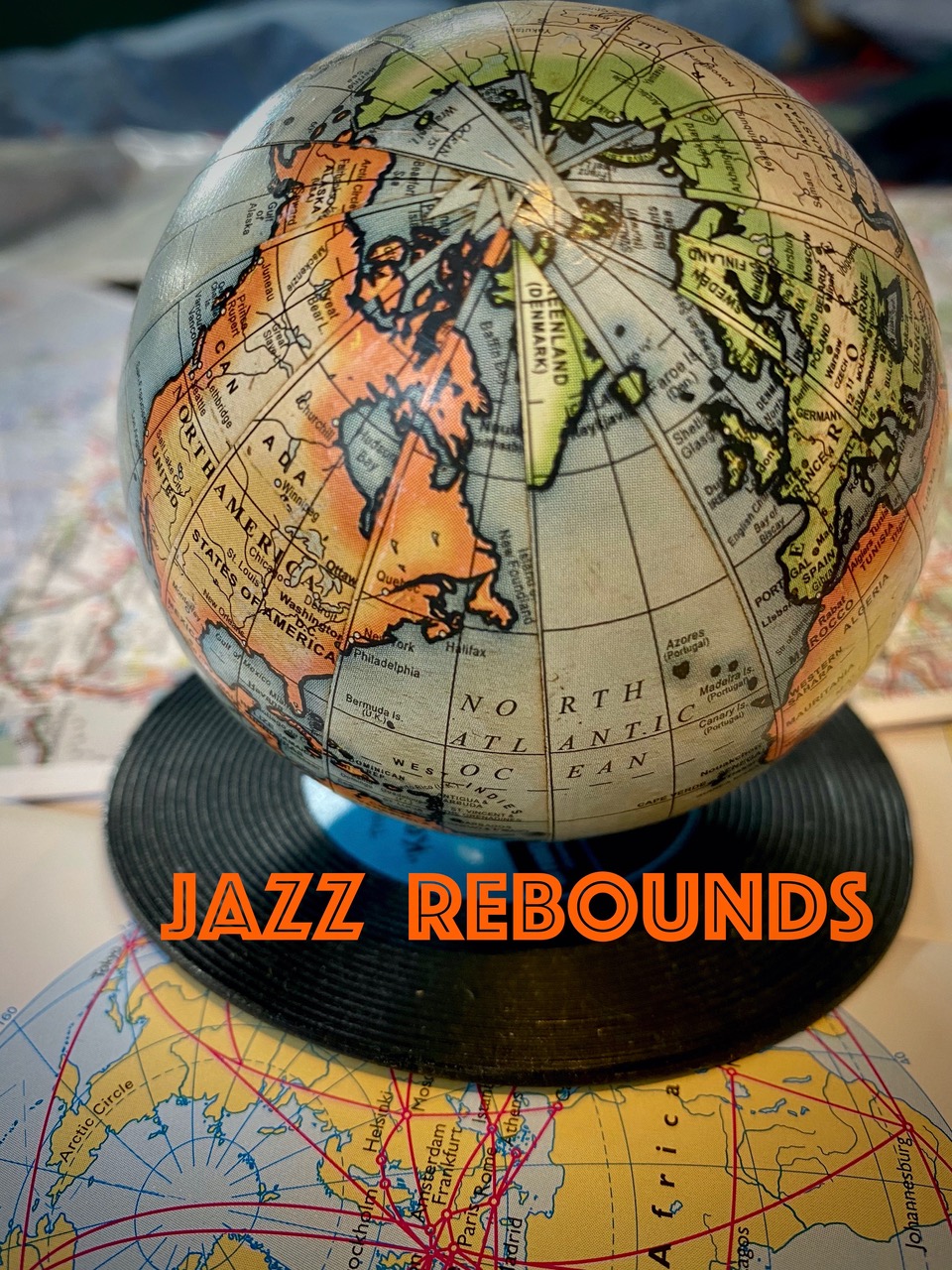2020’s pandemic notwithstanding, the 24th edition of Romania’s Gărâna Jazz Festival held in early August provided an example of continuity and international community, thanks to efforts of daring manager Marius Giura (whose interview from 2017 is here).
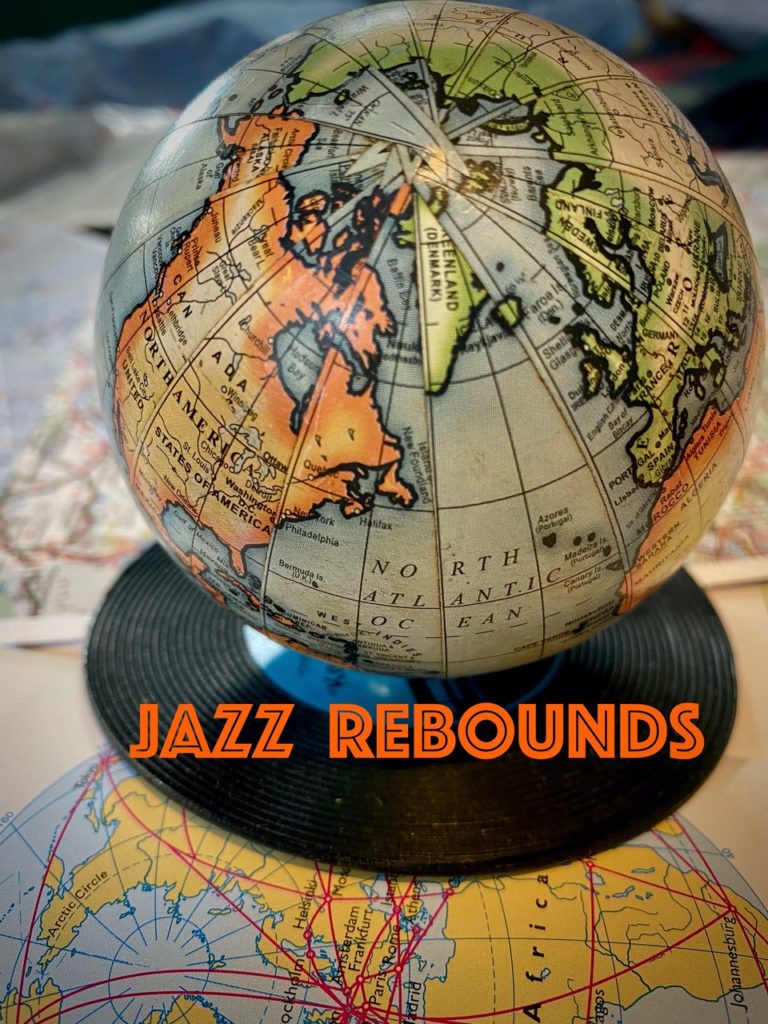
Despite ever-changing travel restrictions, Giura managed to convene musicians from some 15 countries on an open-air stage in a mountain village surrounded by the highest peaks of the Carpathian range in historic Banat province, from August 6 through 9.
A bit of background: The great Bela Bartok was from this region, and also Richard Oschanitzky (1939-1979) – musical genius and founding figure of what may be regarded as “jazz in Romanian character”. Since the overthrow of Nicolae Ceauşescu’s Communist totalitarian regime in 1989, Romanians have been presented with a bounteous jazz life, the Gărâna festival being its most spectacular achievement.
The fest is modeled on Woodstock, adapted to local prerequisites. It has hosted as many as 10,000 attendees in some years, most but not all coming from Central Europe. Seating is on long logs rolled parallel to the stage.
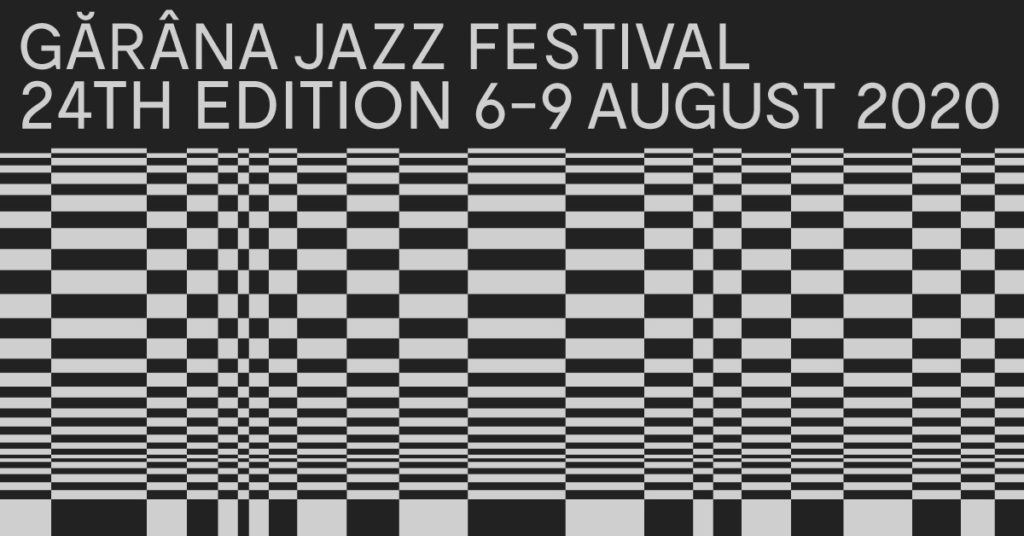
Gărâna offers marvelous natural surroundings, and though the settlement is small, is has become an artists’ colony. The region’s capital Timisoara, which has an international airport about 150 km distant, has always been an access point for Western influences. It was in this city of strong jazz traditions that the 1989 liberation-from-dictatorship movement was ignited.
Last spring, Romania was hit by a large outbreak of the pandemic, just like most of the other European Union countries. Consequently, similar restrictions were imposed. Although most cultural events had to be cancelled, when summer arrived eating on public terraces was allowed. To sustain the Gărâna festival, artists and spectators were equally happy to celebrate the joys of jazz, and respected all the imposed regulations. This year, because of the social-distancing rules, only some 500 places were available on the traditional logs, and the event was sold-out long before it started.
Most of the festival’s spectators lived in camping conditions like in previous years, but some managed to find places in the few hotels scattered in the vicinity. Most of the foreign musicians accepted the challenge to travel by car to the remote mountain area, stimulated by the prestige of the previous 24 editions. For understandable reasons, there were no guests from across the Atlantic performing at the festival.
Previously it’s been honored to present such celebrities as Charles Lloyd, Jack DeJohnette, Dave Holland, Bill Frisell, Jason Moran, Joey DeFrancesco, Stanley Clarke, John Abercrombie, Jean-Luc Ponty, Hiromi Uehara, John Scofield, Dave Douglas, Avishai Cohen, Marc Ribot, Gonzalo Rubalcaba, Patricia Barber, Roberto Fonseca, Stanley Jordan, Mike Stern, Bill Evans, Kurt Rosenwinkel and Richard Bona, among others. Even so, the quality of this year’s line-up, comprising only musicians from the Old Continent (with three notable exceptions), was remarkable.
Among the Romanian groups, three proved competitive with any from elsewhere:
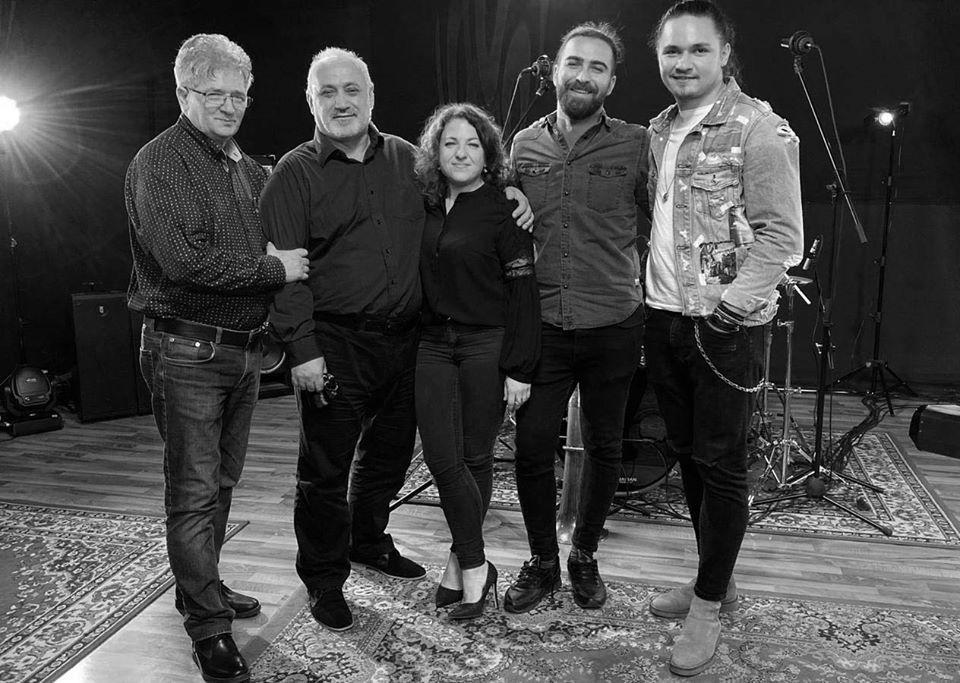
- Constanta-based quintet Balcanamera relies on temperamental pieces, which attest to the compatibility between the fierce autochthonous rhythms from Dobrogea and the essential African-American swing heritage. The group has concocted a seductive sound alchemy based upon Liviu Marculescu’s prowess – on trombone, bass-flugelhorn, bucium (a Romanian alphorn), Armenian duduk – and Elena Gatcin’s ductile piano-playing and vocals.
- Emy Dragoi is an accordion virtuoso of the jazz manouche branch. His Hot Club de Roumanie brings together the excellent professionals Alex Man, guitar; Adrian Flautistu, double bass; Lucian Maxim, drums, as well as his own daughters, Bianca and Alesia – two violinists with nice prospects. I dare say that Emy Dragoi’s greatest feat is his ability to reconcile artistic demands with public success, without lending himself to embarrassing concessions.
- Guitarist Horea Silvio Crisovan’s VanDerCris Quintet proudly represented the honor of jazz made in Timisoara. The relaxing themes imagined by Crisovan are suitable vehicles for his solo interventions, as well as the improvisational parades of poly-instrumentalist Lucian Nagy (manifested not only on saxophones and flute, but also on more exotic utensils such as the duduk, Bulgarian kaval, Turkish ney, etc.)
Next, the foreign presences on this year’s Gărâna forest-stage:
- Young Polish pianist Kasia Pietrzko assumed without hesitation the tradition of Chopinian romanticism, a respected feature of the music (and implicitly of jazz) emanating from her home-country. Kasia’s allusions to chamber music-romantic atmosphere rhyme with both the universalized model proposed towards the 1960s by Bill Evans, and the “localist” model, asserted in the last decade by trumpeter Tomasz Stanko’s rhythm section coordinated by pianist Marcin Wasilewski.
- The concept of intuitive music promoted by German Markus Stockhausen found its right ambience at Gărâna. His solo soundtracks were tucked away in the quiet of the surrounding forests. The versatile trumpeter and electronics-manipulator made the most of the privileged hour of mountain twilight.
- A moment of intense stage collaboration was offered by the tandem of Frederik Koster, piano, and Edgar Knecht, trumpet — both from Germany. The clue to their recital’s appeal was their tapping into the vast treasure trove of German folk songs, and paraphrasing in tune with postmodern criteria.
- Two groups from Belgrade – Fish In Oil and Naked – brought some fresh, energetic breath, overflowing with vitality and boldness. Although the “éminence gris” of FIO is guitarist Bratislav Radovanovic (heavily influenced by his collaboration with Marc Ribot), the great revelation was multiple-saxophones and flute player Dusan Petrovic.
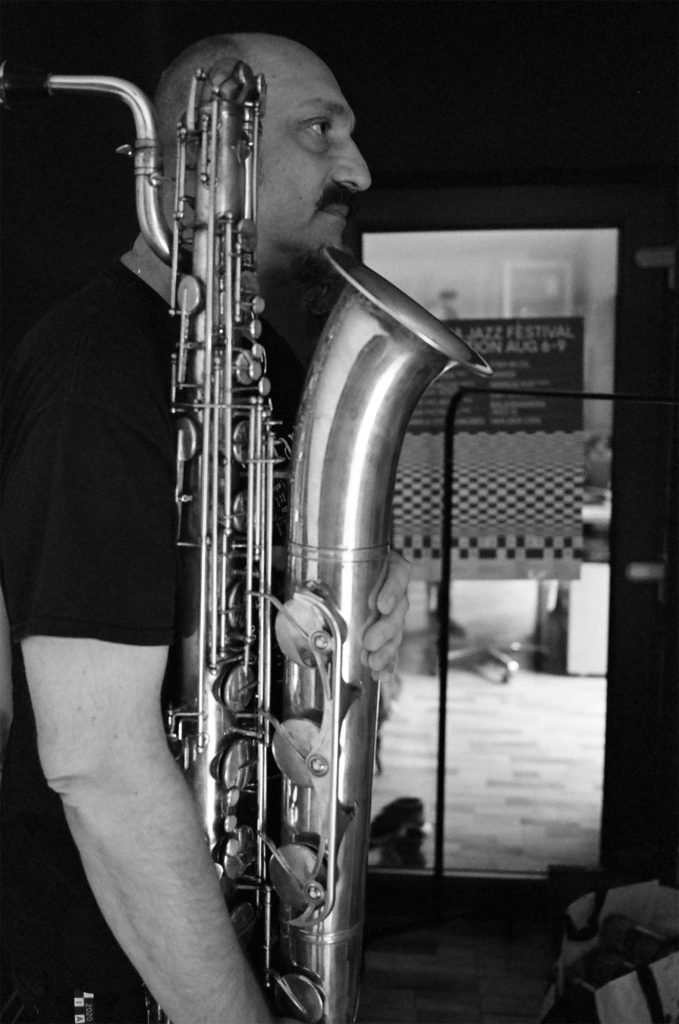
photo by Mircea Sorin Albutiu
The group’s pieces are elaborated in a cinematic manner, suggesting engaging epic sequences, seasoned with anecdotal elements and doses of irony, often spilling into sarcasm. Free passages create, by turn, invigorating or devastating effects, relying on the team spirit of the other two members of the quartet, charismatic bassist Branislav Radojkovic and drummer Fedja Franklin.
Naked, by contrast, emphasized communication with the public, obtained through alert Balkan rhythms and subversion of stylistic constraints.
- A trio whose vigor springs, primarily, from the improbable combination of its members’ origins comprised Norwegian Per Mathisen, bass; Russian-born-in-Prague Daniel Bulatkin, acoustic and electric pianos, organ and synthesizers, and Israeli Utsi Zimring, drums. The latter provided relentless rhythmic backgrounds in the vigorous manner of the late Tony Williams, while leader Mathisen demonstrated his versatility on both the bass guitar and a piccolo double bass variant.
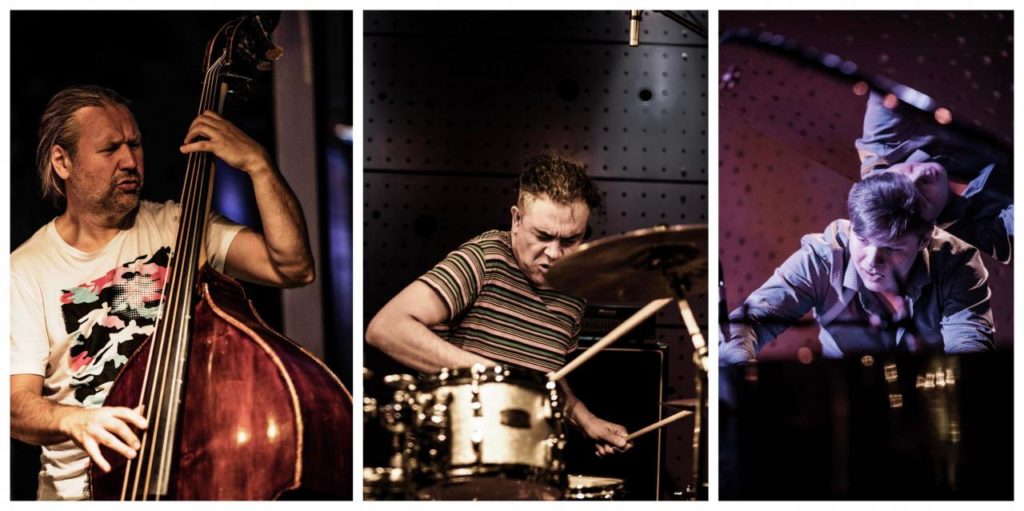
Just 20 years old, Bulatkin promises to become one of the keyboard masters in today’s jazz – from his impeccable technique (marked by the specific clarity of the Russian school) to personal projects. His recent album The New Beginning, B/Y Organism) already defines him as a mature instrumentalist and composer.
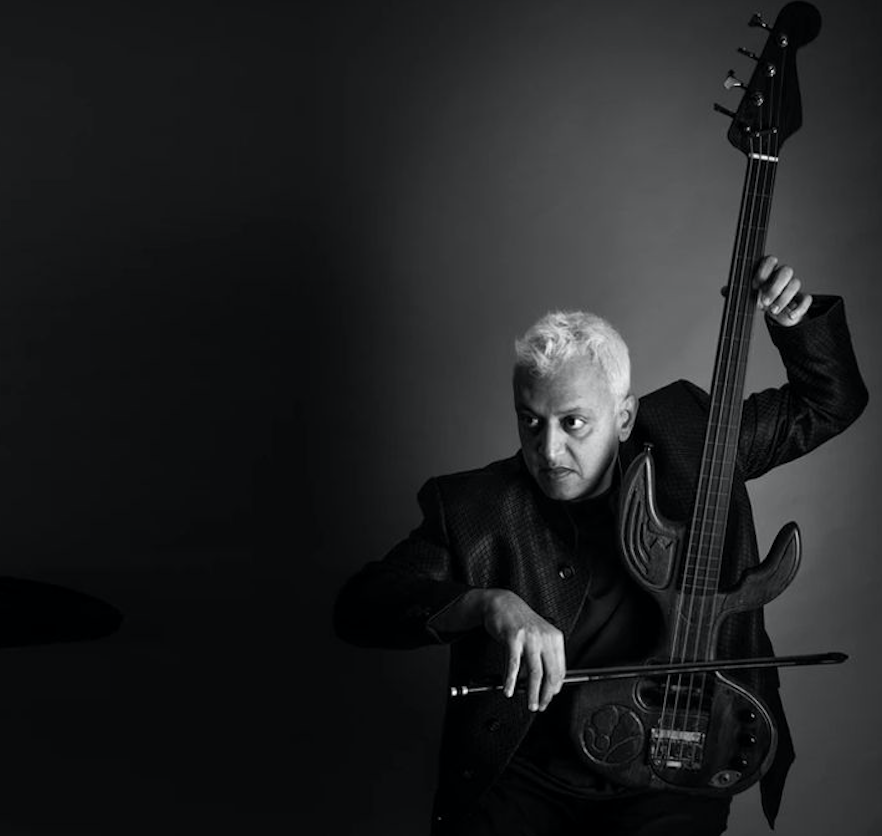
- The solid Shri 4tet, led by India-born and raised, now British bassist Shri Sriram, also left a good impression. In Shri’s vision, the creamy glissandos of the electric bass (sometimes obtained with the bow) reflect the sinuosities inherent in the melodic traditions of his native subcontinent. British keyboardist Matthew Bourne explores the hidden delights of the Fender Rhodes. The Israeli drummer Asaf Sirkis assumes the role of rhythm-provider, with the same determination as his compatriot from the previously mentioned band. An optimal solution for the group’s timbre diversification was the inclusion in the group as an honored guest of the impetuous Serbian saxophonist Petrovic (mentioned above), whose ability to juggle with various stylistic registers is captivating.
- The apogee of “forcing the limits of jazz” was reached, within the present Gărâna festival, by the trio of Austrian pianist David Helbock. The young protagonist (b. 1984) shows a natural sense of eluding clichés, composing his recital as a playful mosaic, which elicits surprising effects on the audience. Melodic-harmonic ideas are firmly exposed (often, seemingly, telegraphically), by way of creative assimilation and bold reformulation of established languages.
Helbock has teamed up with two partners compatible with his own ideas: Raphael Preuschl, performing on an unusual bass-ukulele (acoustic bass version derived from the Luso-Brazilian cavaquinho), and the very young drummer Manuel Marxer (probably the first jazzman from Liechtenstein who ever played on a stage in Romania). The interaction between the three accomplices extends the initiatives to revitalize the piano-trio formula, promoted in Europe in the 1970s–1980s by groups such as Ganelin-Chekasin-Tarasov, or that of the Swedish pianist Per Henryk Wallin.
In other words, music as prophylaxis against preconceived notions, sclerosis, inertia, flatness. No wonder Helbock (rising star of Siegfried Loch’s ACT label) openly acknowledges his lineage in the unalterable playful spirit of Thelonious Monk (one of his compositions is called Anonymous Monkaholics!).

photo pressalert.ro
In agreement with the hundreds of spectators who flocked to Gărâna despite the discomfort engendered by mask-wearing and social-distancing regulations, the musicians publicly expressed their gratitude for director Marius Giura’s effort to maintain the continuity of this unique festival.
Giura told me that the courageous production team consisted of his own family (first of all, his daughter, Simona), and an effective bunch of volunteers. The greatest financial help came from Romania’s Ministry of Culture, from Timișoara’s City Hall, and from some sponsors (of which I would like to highlight Sergiu Doru, leader of the high-class Jazz Festival organized in Transylvania’s mediaeval Bran Castle). Almost one month after the event, Giura was pleased to say that no case of the illness covid-19 was reported as a result of the Festival.

